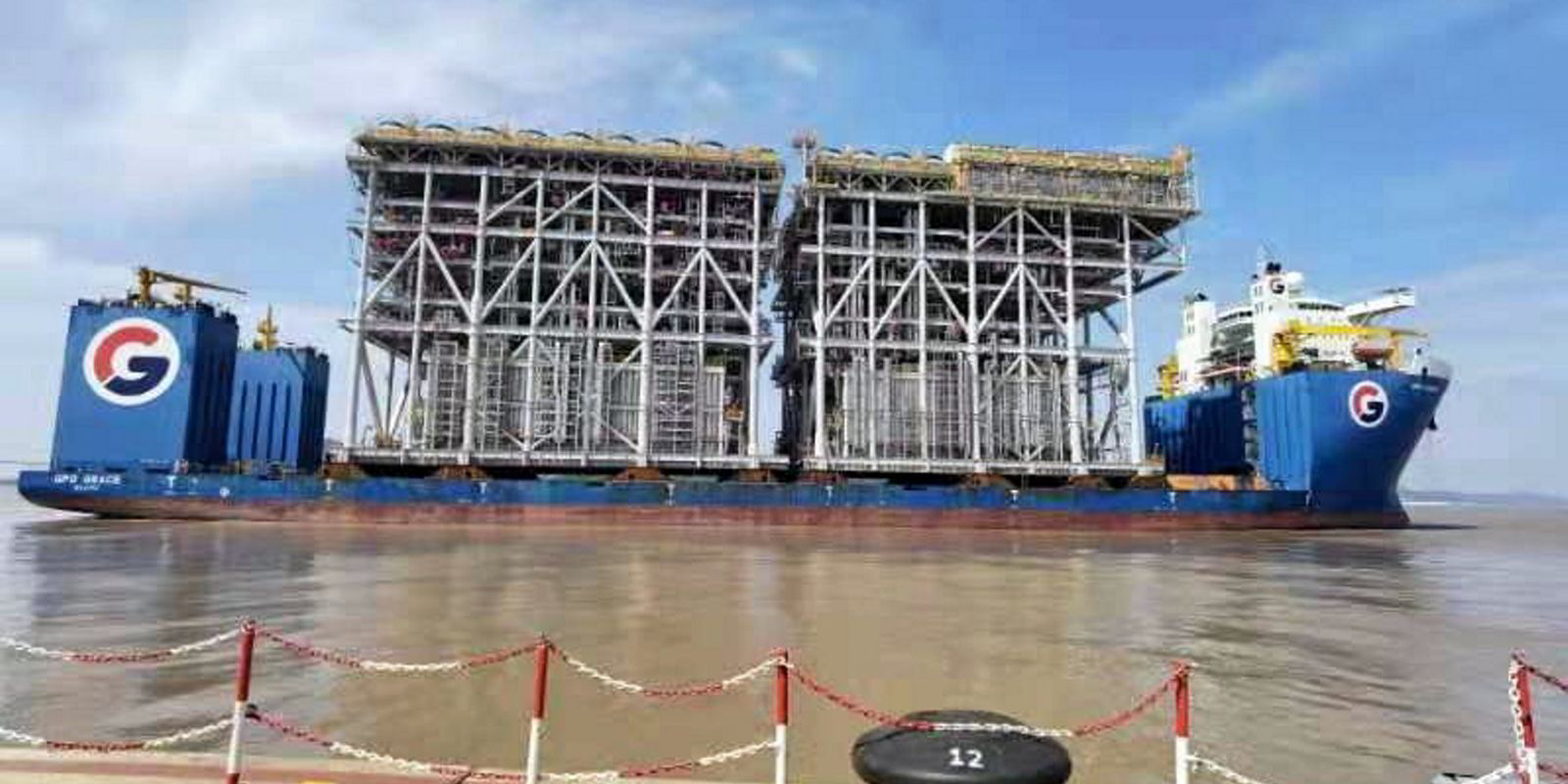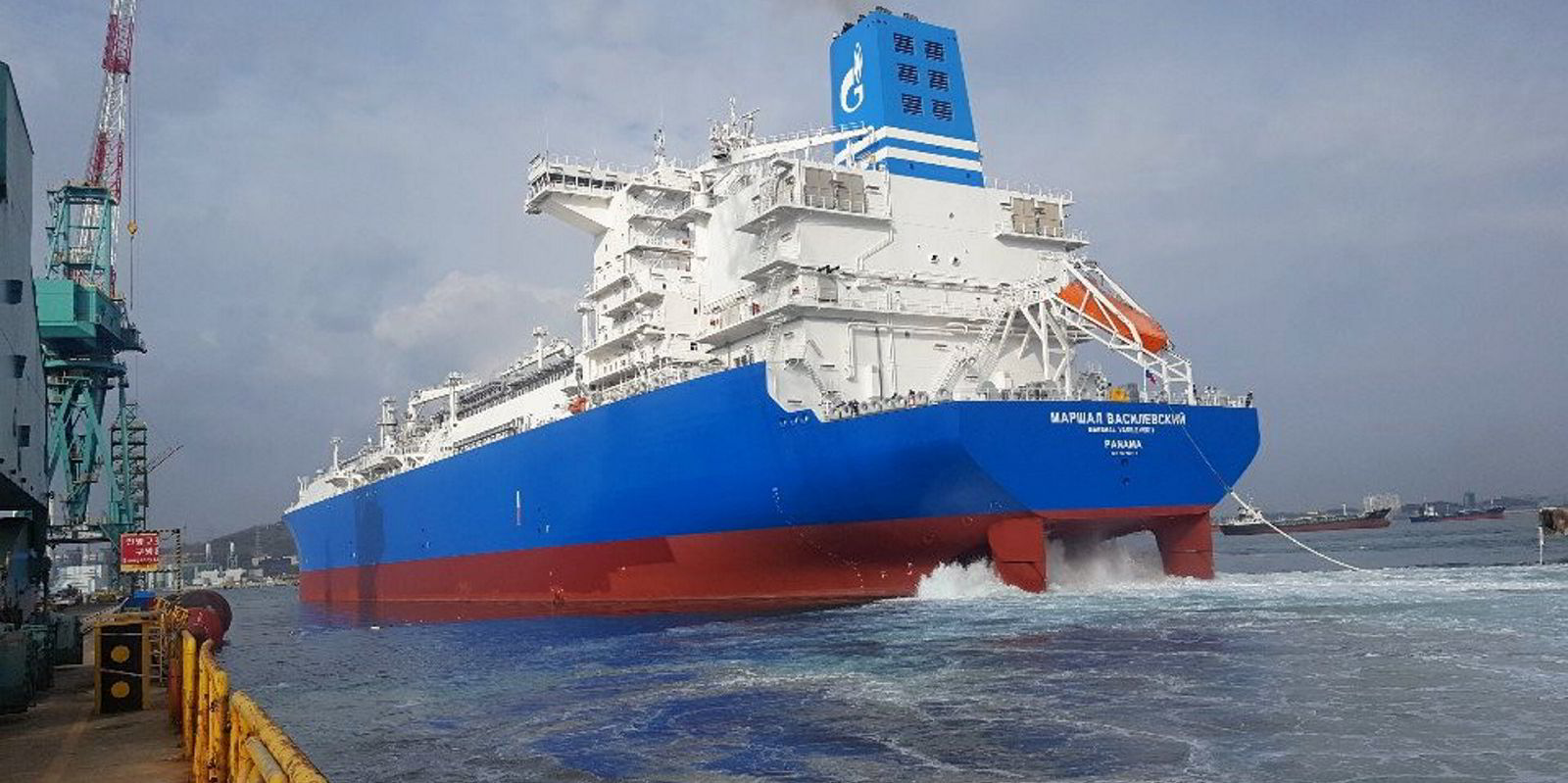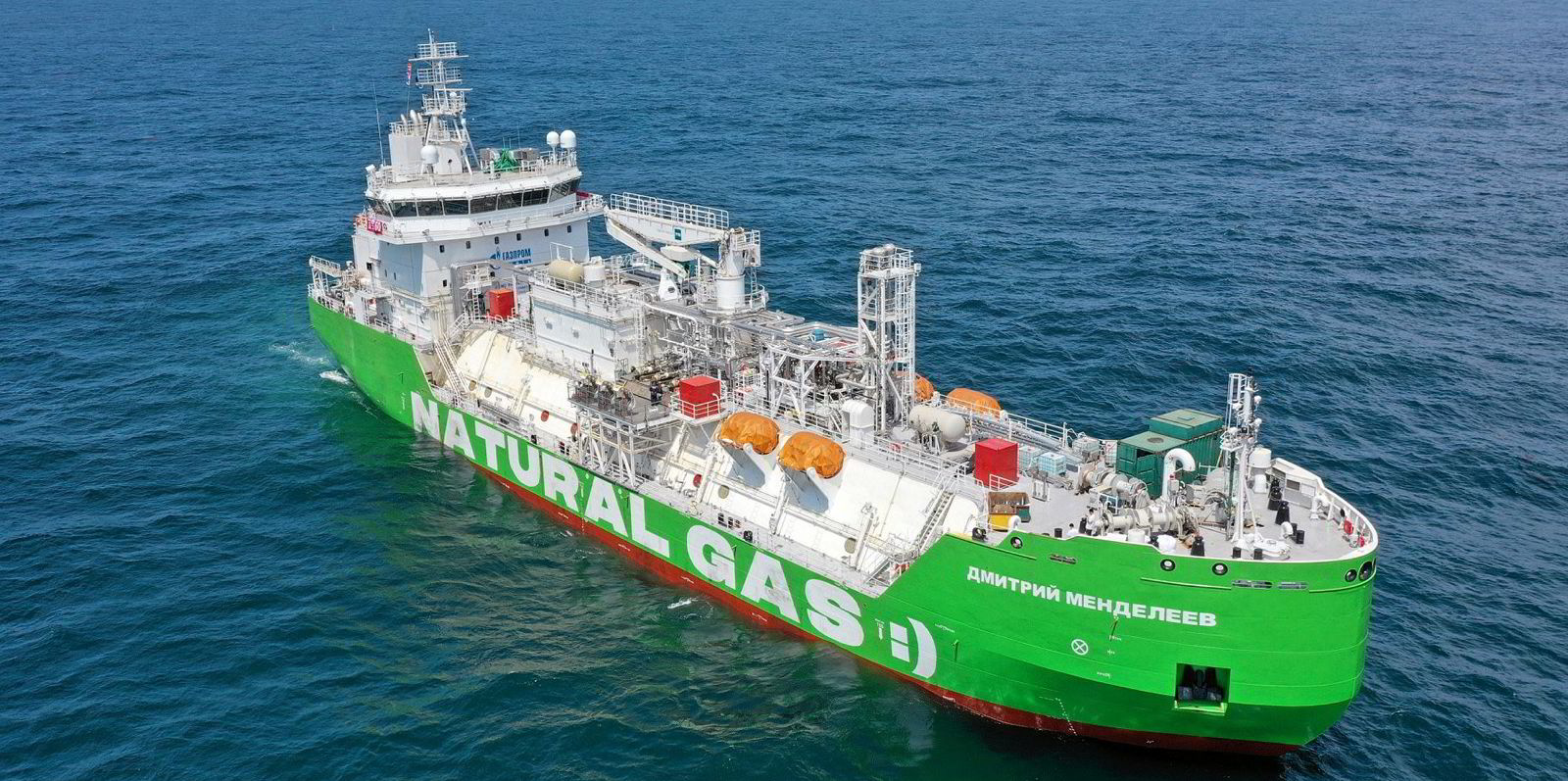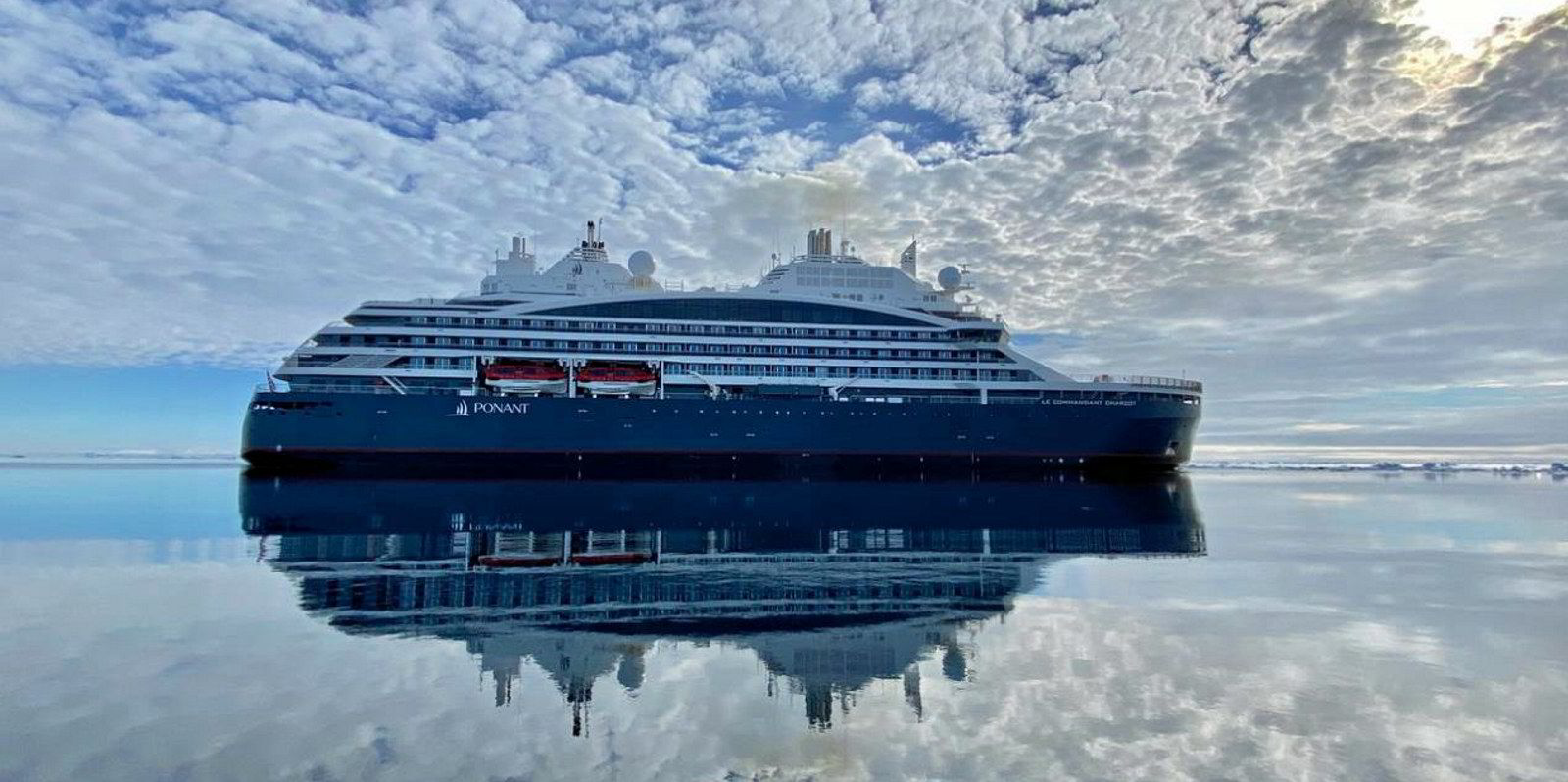A first floating storage and regasification unit is heading through the Northern Sea Route (NSR) as a wide range of vessels brave the Arctic passage for the 2021 season.
Kpler data shows the 170,000-cbm FSRU Marshal Vasilevskiy (built 2018) is moving westbound through the NSR.
Sources said the Arc4 ice-class vessel started its voyage on 10 September and is heading to Yamal LNG’s terminal at Sabetta to load a cargo.
They said it is the first FSRU to move through the NSR.
But the vessel, which was contracted at the dedicated regas unit for Russia's exclave of Kaliningrad, is trading as an LNG carrier as it is only needed at its designated base in times of emergency if pipeline gas supplies are threatened.
This is the summer season for the Arctic route, when sea ice is usually at its lowest extend and Arc4 LNG vessels are able to call at the Yamal facility.
Two other Arc4 LNG carriers — the Dynagas-owned, Novatek-chartered 161,870-cbm Clean Horizon (built 2015) and 162,000-cbm Clean Vision (built 2016) — have also been spotted on the NSR by Eikland Energy data service iGIS/LNG.
Busy summer
The 5,800-cbm LNG bunker vessel (LNGBV) newbuilding Dmitry Mendeleev is currently off Vladivostok. Sources said the small vessel is being lined up to transit the NSR en route to its new area of operation in the Baltic Sea.
It would be the first LNGBV to take the Arctic route.
Similarly, Russian LNG producer Novatek is using the NSR to ship the topside modules for the gravity-based structures (GBS) that will serve as the liquefaction units for its Arctic LNG 2 project.

The heavylift vessel GEO Grace left Wison Offshore & Marine’s yard in China on 19 August taking the NSR to Murmansk in Russia where the liquefaction GBS units are being assembled.
A second batch of topsides departed the yard on the same route last week.
The Northern Sea Route Administration (NSRA) has already received more than 1,008 applications to sail on the NSR this year. To date, 979 vessels have been granted permission.
In 2020, the NSRA received 1,033 applications.
Russia wants to see the NSR open to year-round navigation between 2024 and 2030 and increase cargo turnover to 80m tonnes by 2024.
The government is rolling out a plan, which runs through until 2035, to develop infrastructure along the passage. This is being overseen by Russia’s state atomic energy corporation Rosatom.






